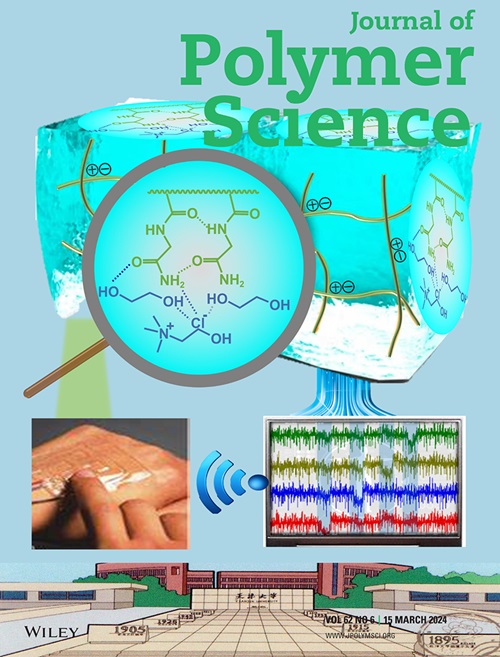Processing Solvents, Poling Conditions, and Fully Solution-Processed Polymeric Multilayer Piezoelectric Devices
Abstract
Our group has recently demonstrated the first fully solution-processed polymeric multilayer piezoelectric devices. The key challenge, that is, the effective control of the redissolution issue, has been overcome using a solvent that offers adequate solubility but extremely slow dissolution for the piezoelectric polymer, poly(vinylidene fluoride-trifluoroethylene) [P(VDF-TrFE)]. Several qualified solvents have been identified. Here, we comparatively study the effects of solvents on piezoelectric performance and production yield, for choosing the right solvent for fully solution-processed multilayer piezoelectric devices. Each solvent exhibits distinct yield dependence on drying temperature, but the maximal yields achieved are independent of processing solvents. The solvents are also found to be interchangeable in terms of piezoelectric performance. The drying temperature and final annealing temperatures are identified to be decisive factors. The former only impacts the yield, and the latter only impacts the performance. The three parameters that define a poling condition are all investigated for the first time. A procedure enabling a fast identification of the right poling condition is proposed. Fully solution-processed P(VDF-TrFE) multilayer piezoelectric devices are prepared using the optimized conditions, and the dependence of the performance and yield on the number of layers is demonstrated. This work lays the foundation for producing such devices for practical applications.


 求助内容:
求助内容: 应助结果提醒方式:
应助结果提醒方式:


